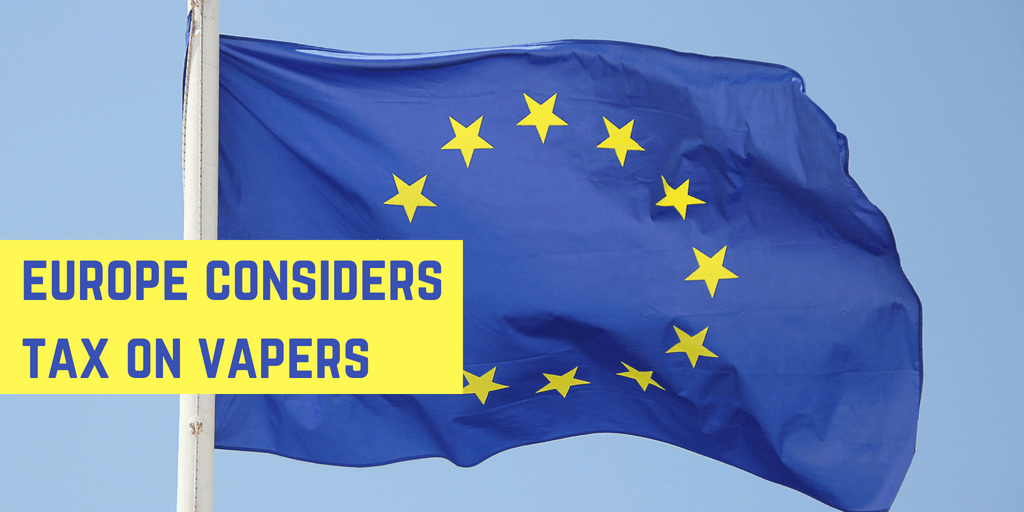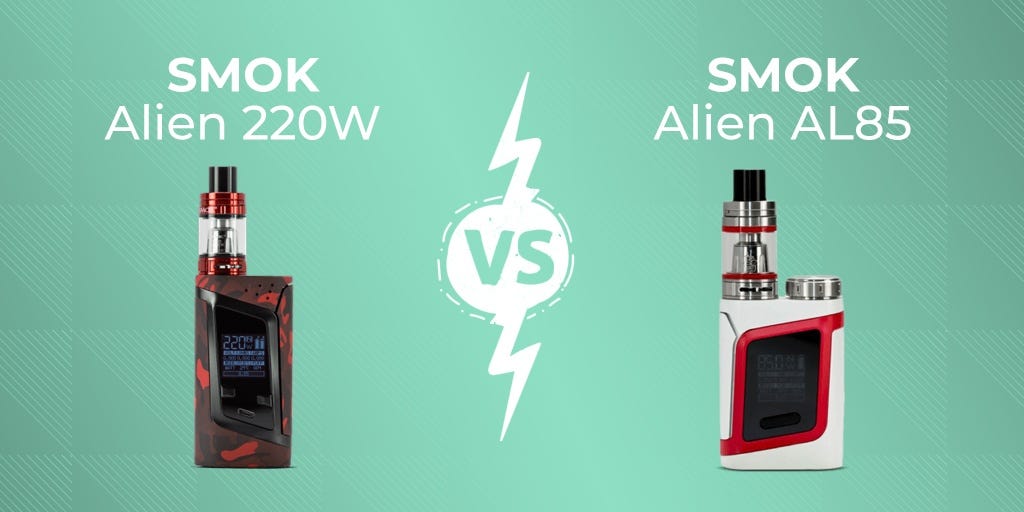If you live in one of six U.S. states, the true cost of a tobacco addiction could be more than $2 million over the course of your lifetime.
The average smoker in New York, Massachusetts, Connecticut, Rhode Island, Hawaii or Alaska will fork out more than $2 million for things like cigarettes, healthcare and lost income over the course of their lifetime, according to research from WalletHub published earlier this year.
The most expensive state was New York, with an average lifetime cost of $2,330,381, but smoking carried a lifetime price tag of $1,145,128 in the cheapest state of Kentucky.
WalletHub also calculated a smoker's average costs per year. New York topped the table again with an annual cost of $45,694 per smoker. Kentucky, Georgia and North Dakota were at the bottom of the list with annual costs of $22,453, $22,675 and $22,789 respectively.
To arrive at the lifetime figures, researchers counted the cumulative costs of:
- Tobacco
- Health-care expenditures
- Income losses associated with absenteeism, workplace bias and lower productivity due to smoking
- Financial opportunity costs determined by calculating the return a smoker would have earned if they had invested money in the stock market instead
- Other costs like insurance
There are limits to the study. To arrive at the final figures, they assumed each tobacco user smokes one pack of cigarettes per day from age 18 to age 69 - the average age at which a smoker dies.
Statistics compiled by Statista, however, reveal that more than 80% of US smokers smoke fewer than 19 cigarettes per day. Around one-third smoke between 10 and 19 cigarettes, one quarter smoke between five and nine and one-fifth smoke fewer than five.
The Centers for Disease Control and Prevention (CDC) claims that smoking-related illness in the United States costs more than $300 billion each year. This figure includes almost $170 billion of direct medical care and $156 billion due to lost productivity as well as $5.6 billion due to lost productivity caused by second hand smoke.
The American Lung Association claims that smoking is responsible for more than 480,000 deaths each year in the U.S.
In 2016, the average price of a pack of 20 cigarettes in the United States, including taxes, ranges from $5.12 in Missouri to $10.66 in New York. Federal and state excise taxes account for around 44% of the cost of a pack of smokes.
249 billion cigarettes were sold in the United States in 2017, a 3.5% decrease from the 258 billion sold in 2016.
The CDC claims that increasing the price of tobacco products is the most effective way to reduce cigarette consumption. A 10% increase in price is estimated to reduce cigarette consumption by 3-5%. Research suggests that under 18s and young adults are three times more likely to respond to increases in price.
Is Vaping Cheaper than Smoking?
Unfortunately, experts have not completed an in-depth e-cigarette study that's comparable to WalletHub's. But we can look at the "out of pocket" costs for vaping compared to regular combustible cigarettes.
A 2014 study from NerdWallet found that e-cigarettes are much cheaper than their tobacco alternatives. They calculated that a regular cigarette gives the user about 10 puffs in five to 10 minutes. So they compared around 200 puffs of an e-cigarette device to the price of 20 cigarettes.
In 2014, the average cost of a pack of cigarettes in the U.S. was $7.04. That equates to an annual cost of $2,569.60 for a pack a day smoker.
NerdWallet calculated that a disposable e-cigarette, like you might buy from a gas station, is equivalent to 2.5 packs of cigarettes. At an average price of $9.50, disposable e-cigs will cost a pack a day smoker around $1,387 per year.
Rechargeable starter kits or pod vapes are initially a little more expensive, but the flavor cartridges are much much cheaper. They calculated that a pack a day smoker would use around 227 cartridges each year at a cost of $2.66 per cartridge and $605 per year.
Devices such as vape mods, that you can refill with your own bottled vape juice, came out cheapest at around $43 per month or $516 per year.
NerdWallet's study may be slightly dated, but we know that the average price of a pack of cigarettes has increased in the last few years, while e-cigarette prices have remained relatively stable.
In addition, if you purchase from a website like vaping.com, e-cigarette prices are the same across the whole country, while prices for combustible cigarettes vary widely from state to state.
Health Cost of Vaping
We have already seen that smoking related illnesses cost the U.S. more than $300 billion each year. There is no in-depth research into the health costs of vaping, but landmark studies have concluded that, on available evidence, e-cigarettes are 95% safer than regular combustible cigarettes.
E-cigarettes do not produce tar and carbon monoxide, which are two of the most dangerous byproducts of regular combustible cigarettes.
The FDA has not approved e-cigarettes as a stop smoking aid, but many former smokers use the devices to satisfy their nicotine cravings, without inhaling some of the harmful chemicals that come with tobacco cigarettes.






Leave a comment
This site is protected by hCaptcha and the hCaptcha Privacy Policy and Terms of Service apply.